What Stinging Insects Are In Chattanooga?
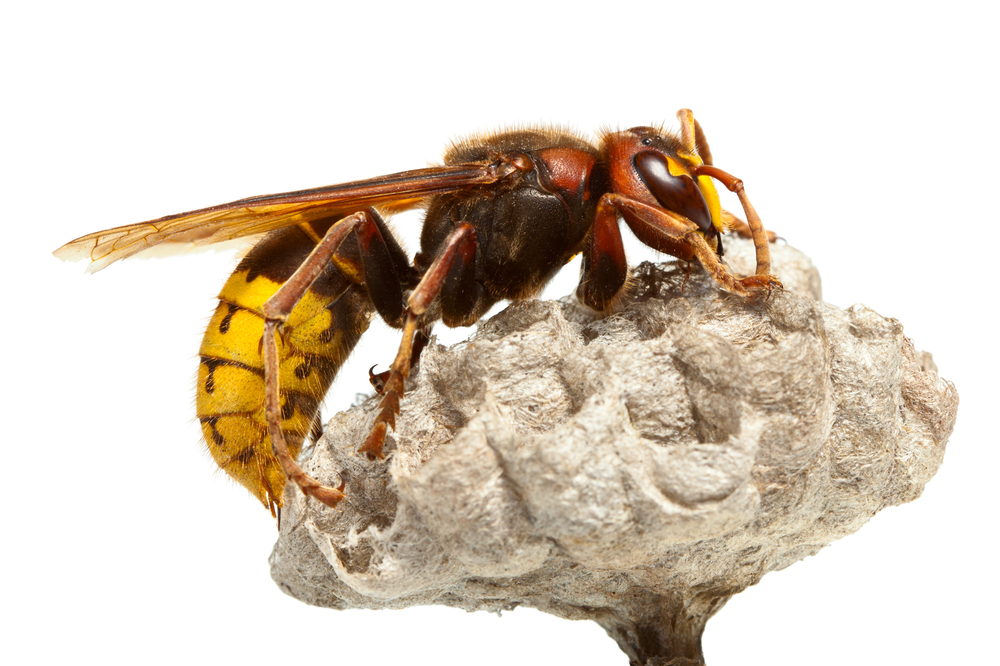
What stinging insects are in Chattanooga? They may not have been invited, but stinging insects are inevitable guests to most outdoor gatherings. These fun-stealers send more than 500,000 people to emergency rooms each year and are especially active during the second half of summer and early Fall when the colonies forage for food that will sustain their queens during the winter. It is during this time that most people fall victim to the physical and financial sting that these nasty critters pose. Read More
Why Are Stink Bugs So Bad in Knoxville?
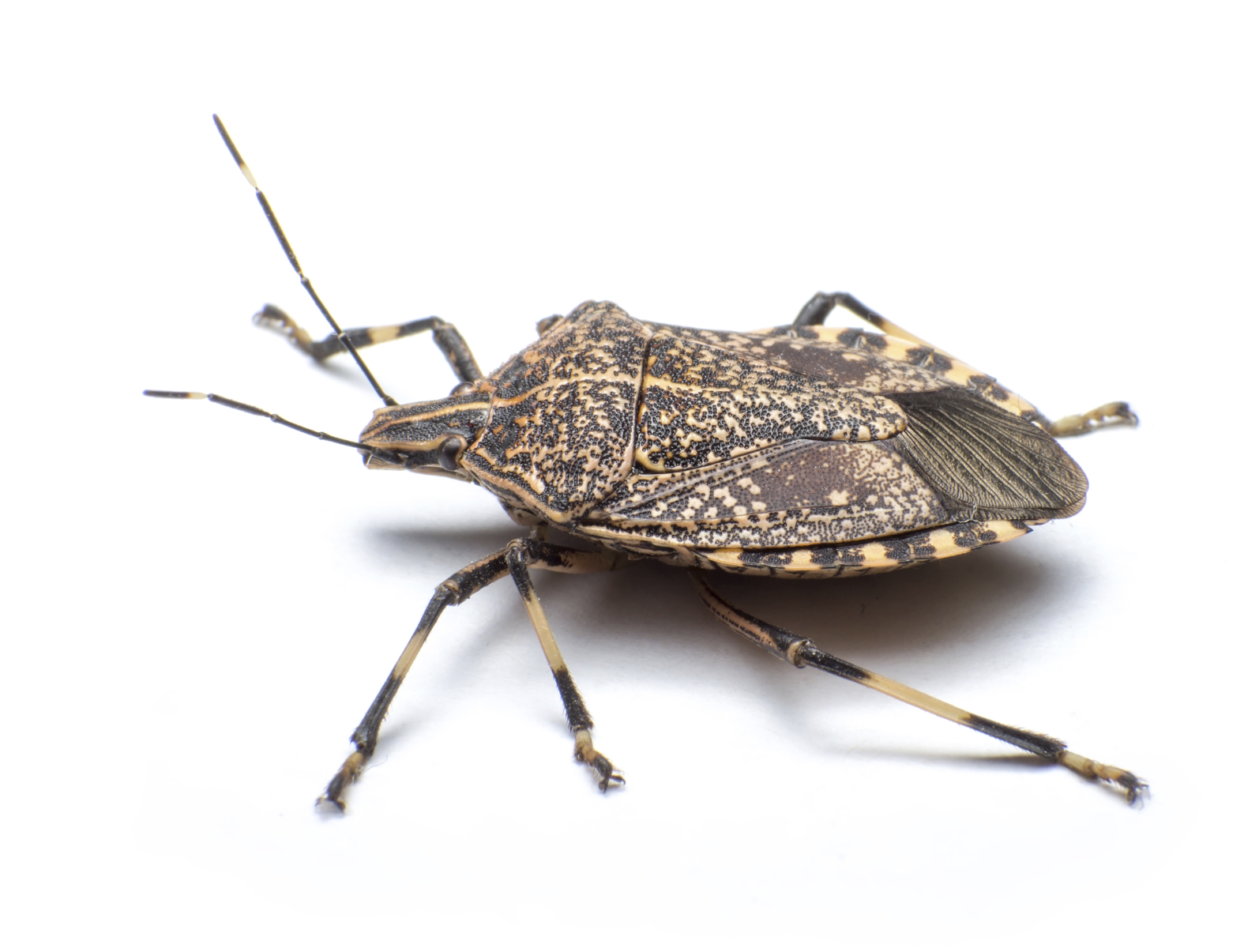
Why are stink bugs so bad in Knoxville? Fall is just around the corner and the shorter days and falling temperatures motivate stink bugs to run for cover. If they sheltered beneath tree bark or mulch, that would be one thing, but they prefer moving into your home over winter, piling into cracks and crevices by the thousands. Yuck.
How Do You Identify a Brown Recluse Spider?
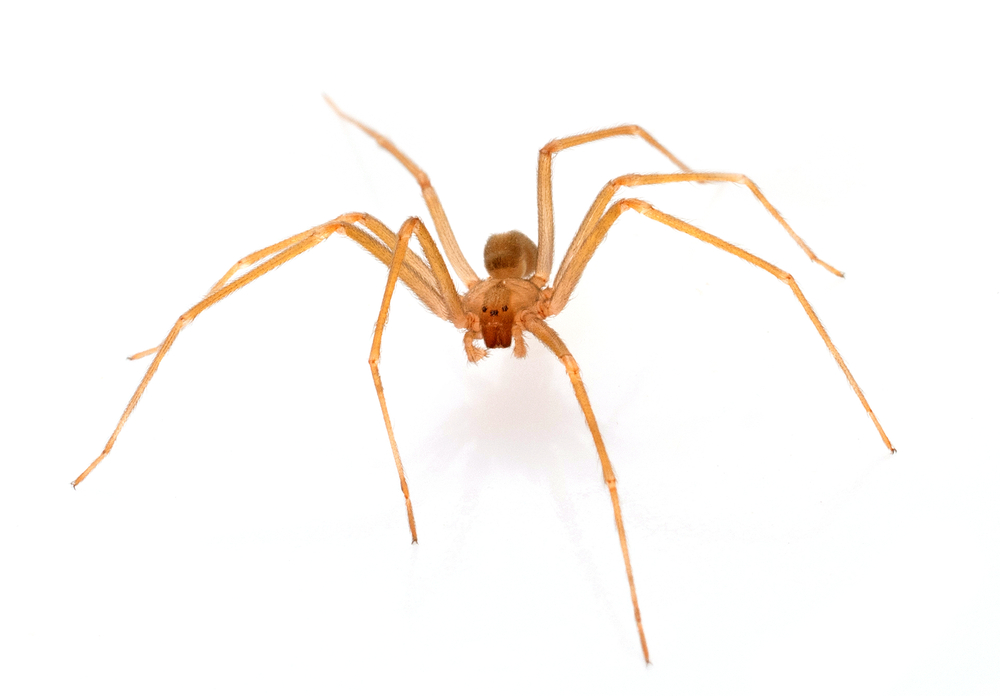
How do you identify a brown recluse spider? Brown recluse spiders are usually between 1/4- and 3/4-inches long, but may grow larger. While typically light to medium brown, they range in color from whitish to dark brown or blackish gray. These spiders usually have markings on their dorsal side, with a black line coming from it that looks like a violin with the neck of the violin pointing to the rear of the spider, resulting in the nicknames fiddleback spider, brown fiddler, or violin spider.
Are Springtails Harmful?
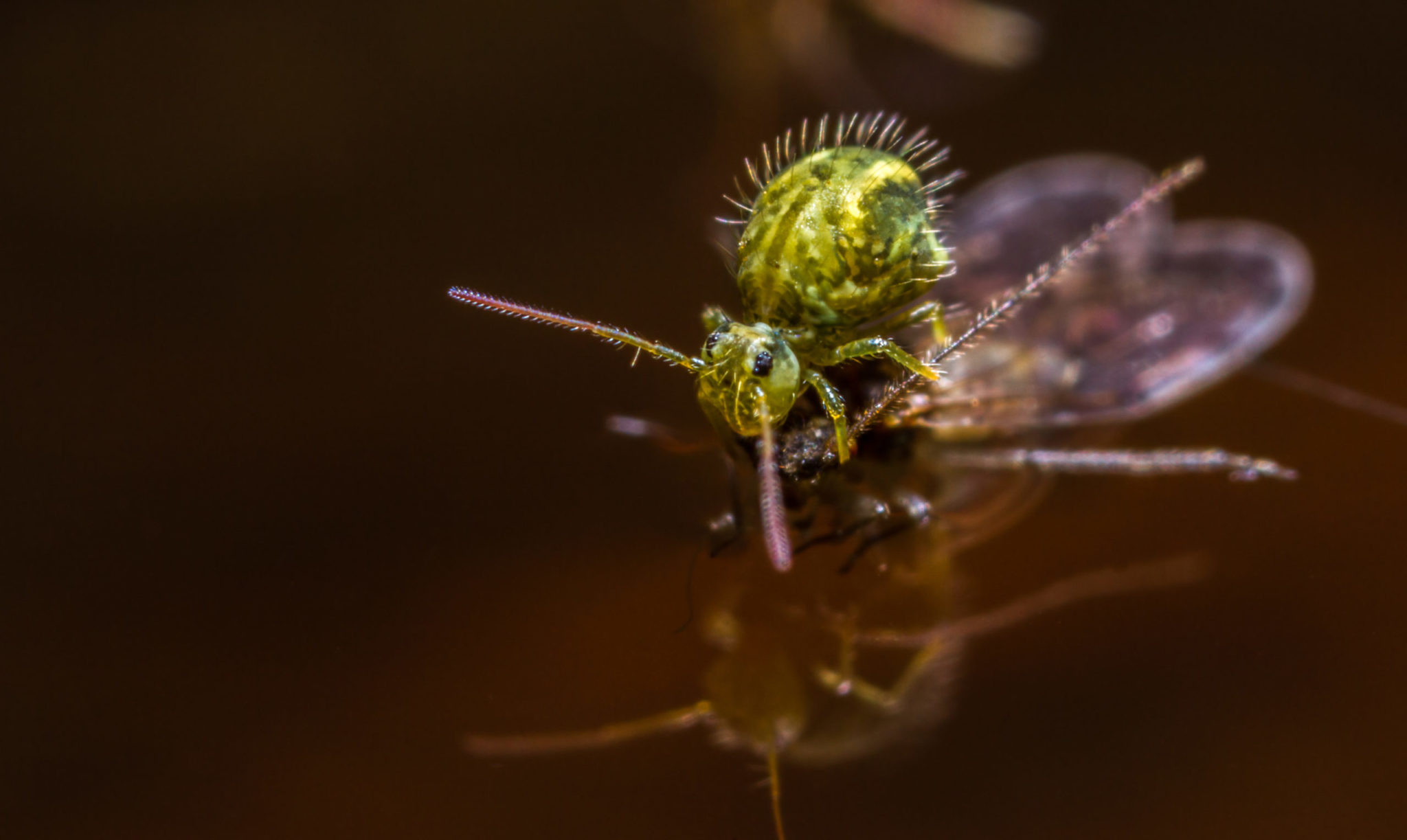
Are springtails harmful? They are nuisances and do not damage food, clothes, furniture or property. Springtails do not bite or sting and are harmless to people. Springtails are one of the most common pests in the environment, although they are inconspicuous and are often overlooked. When suitable habitat occurs, they can develop tremendously large numbers and are one of the most world’s abundant insects. You may find millions of springtails naturally in about 2.5 acres of land. Read More
Are Fungus Gnats Harmful?
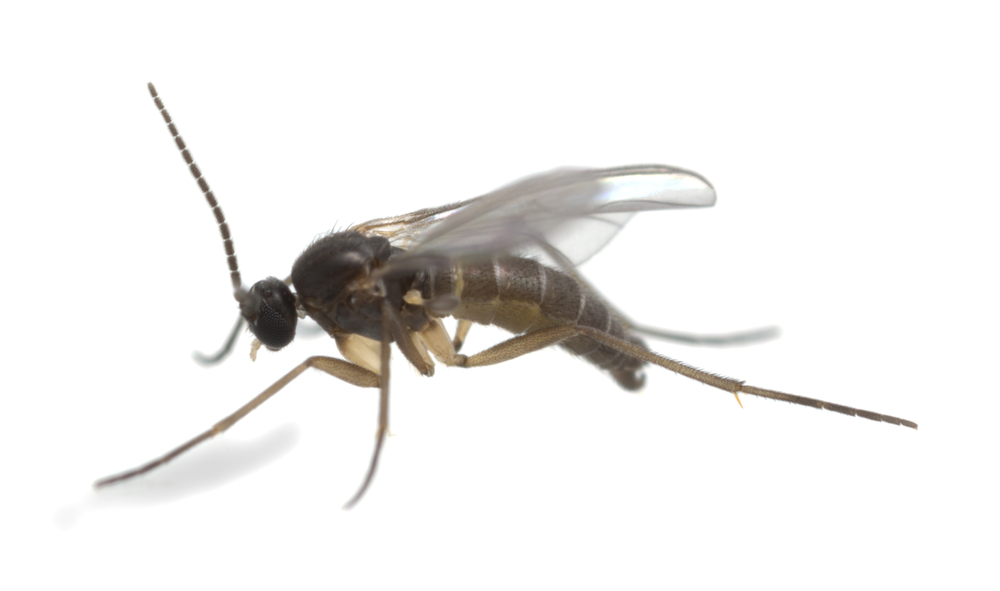
Are fungus gnats harmful? Adult fungus gnats don’t damage plants or bite people; their presence is primarily considered a nuisance. Larvae, however, when present in large numbers, can damage roots and stunt plant growth, particularly in seedlings and young plants.
Are Centipedes Dangerous?
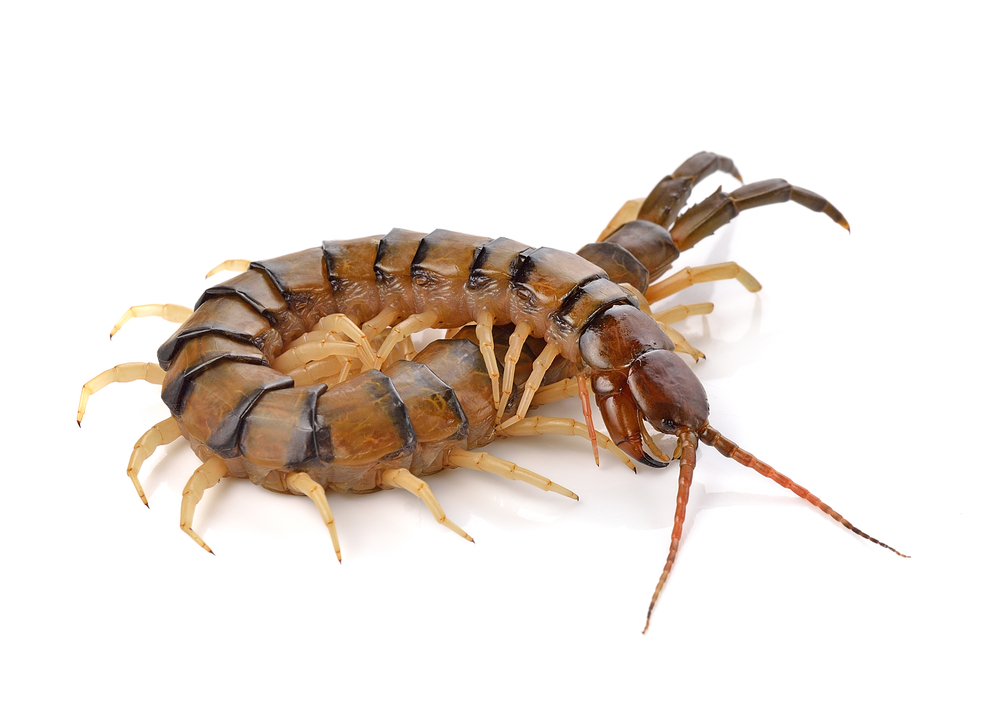
Are centipedes dangerous? Centipedes are generally considered nuisance pests because they do not pose significant health or property threats. However, all house centipedes have poison jaws with which they inject venom into their prey.
Read More
Do Mud Daubers Sting?
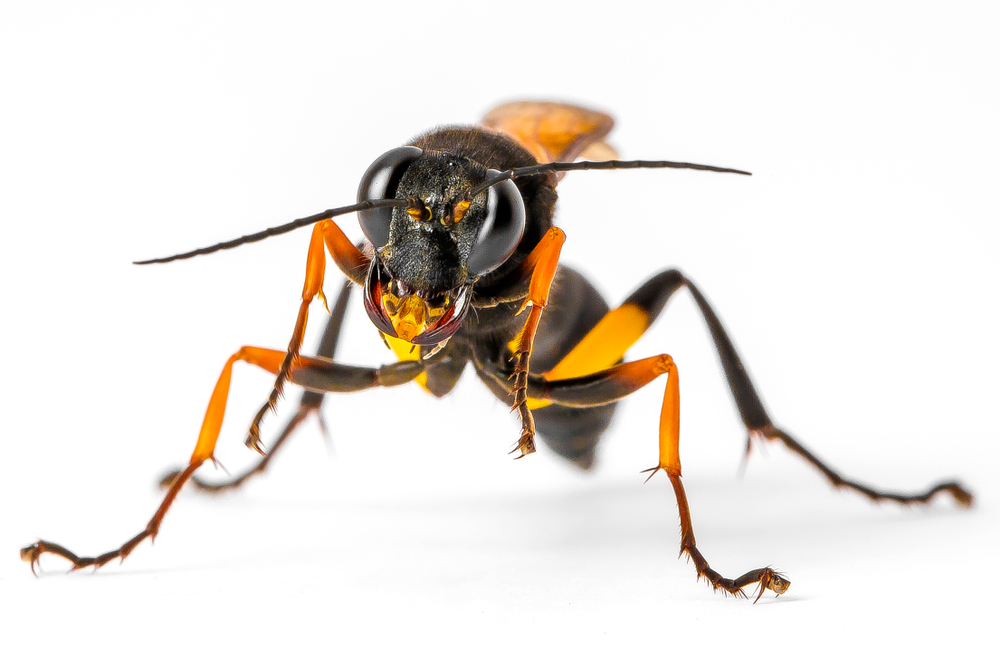
Do mud daubers sting? Wasps usually evoke a great deal of anxiety or fear. However, solitary wasps such as the mud daubers do not defend their nest the way social wasps such as hornets and yellowjackets do. Mud daubers are very unlikely to sting, even when thoroughly aroused. They may sting if mishandled.
Read More
Are Earwigs Harmful To Humans?
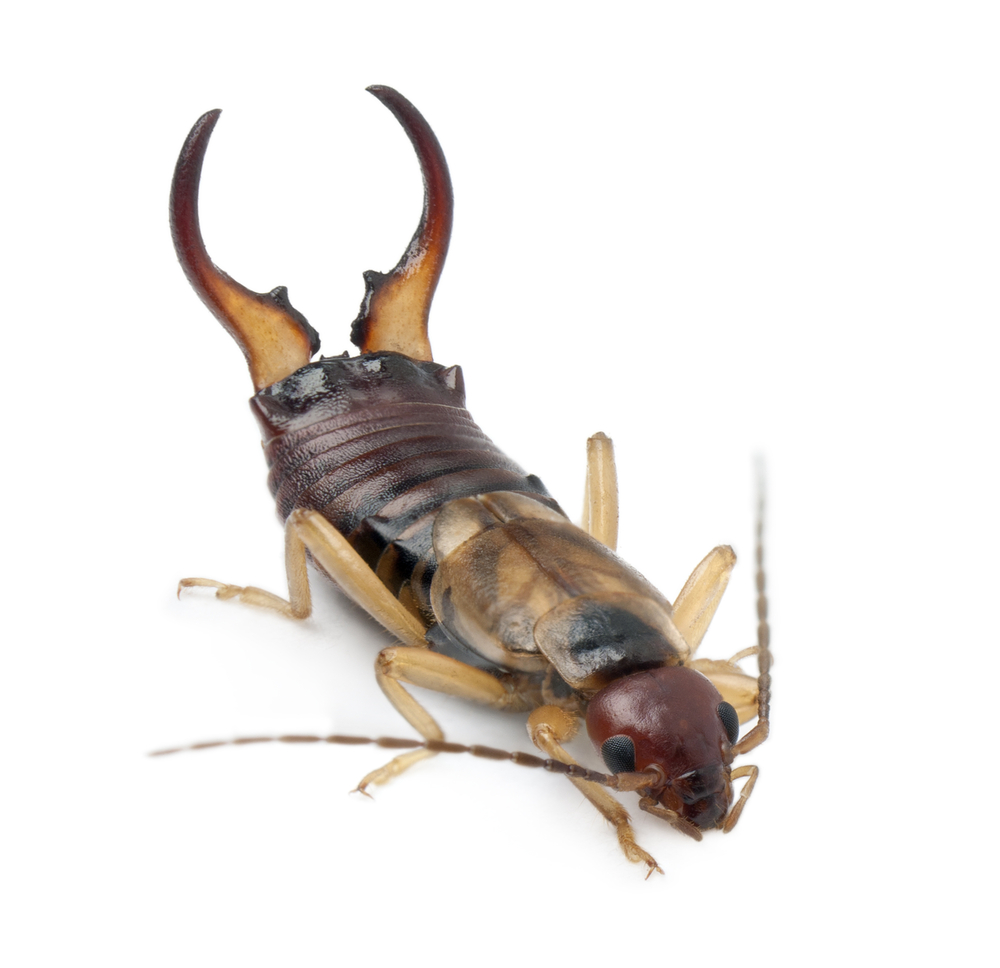
Are earwigs harmful to humans? Earwigs are a fairly well-known insect, from folk lore if not from actual experience. The earwig is the insect reputed in superstition to purposefully crawl into the ears of sleeping persons for the purpose of burrowing into the brain to lay eggs. Of course, there is no truth to these tales, though earwigs, like moths, beetles, cockroaches, ants, and flies may wander into our ear canals by accident.
Read More
Fire Ants In Tennessee?
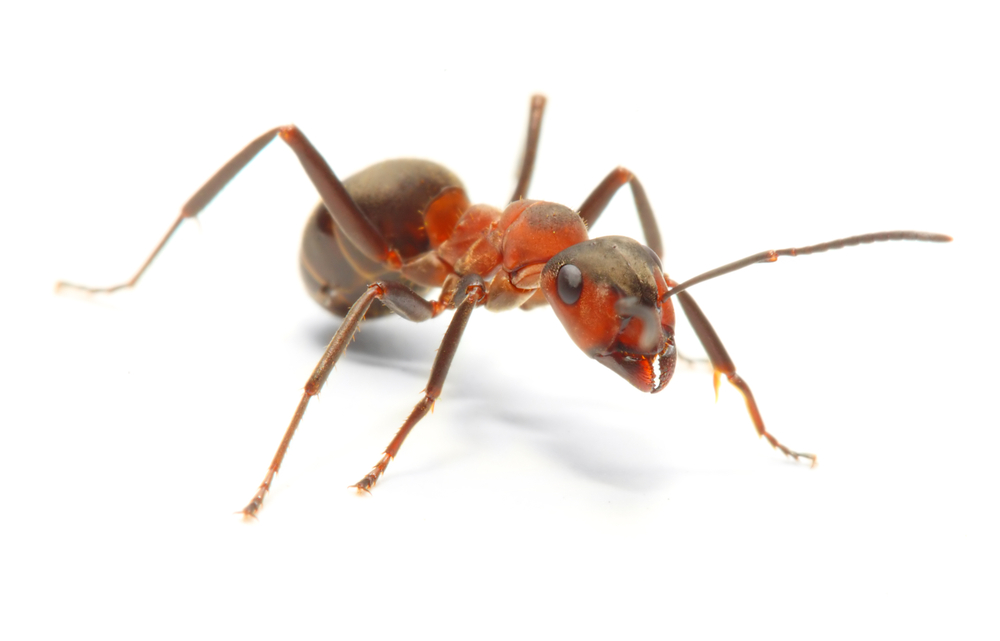
Are there fire ants in Tennessee? Yes! And generally throughout the south.
Adult red imported fire ants are reddish to dark brown. Read More
Clover Mites – Pest Control
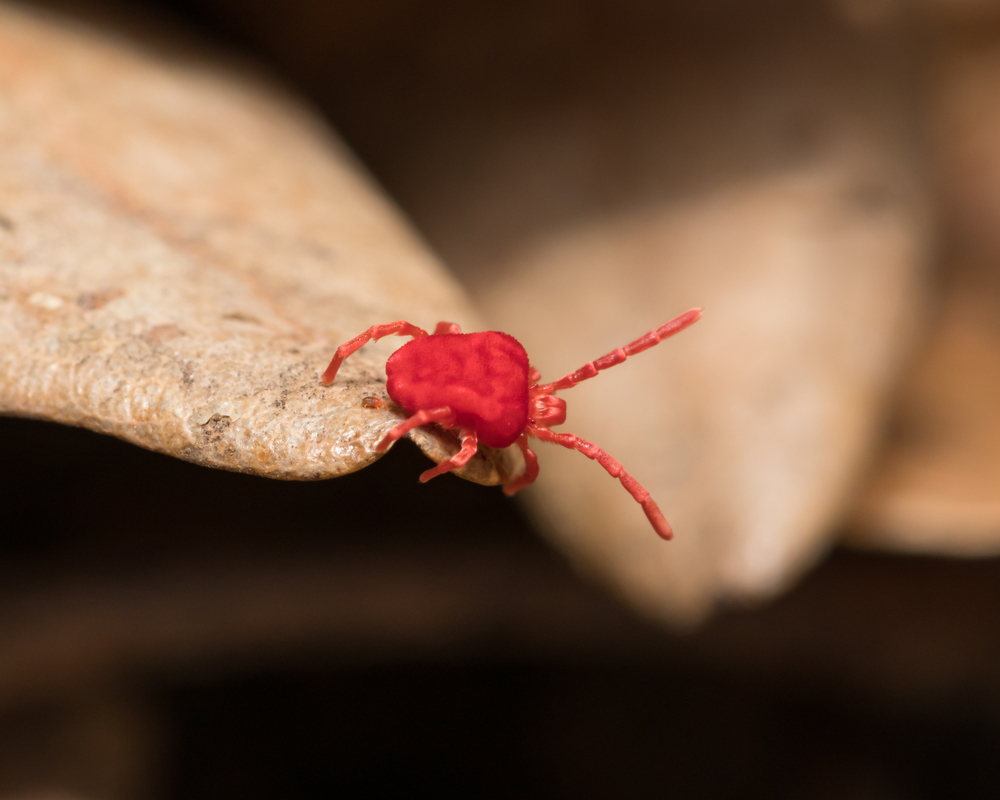
CLOVER MITES often become pests indoors after heavy rain, excessive heat or a change in the season, which stimulate massive numbers to enter buildings. To the naked eye, the mites appear as tiny moving dark spots crawling around walls, windows and doors. Crushing them to kill them leaves a reddish spot. Fortunately, the mites do not reproduce indoors and will die within a few days from dehydration.
Read More
